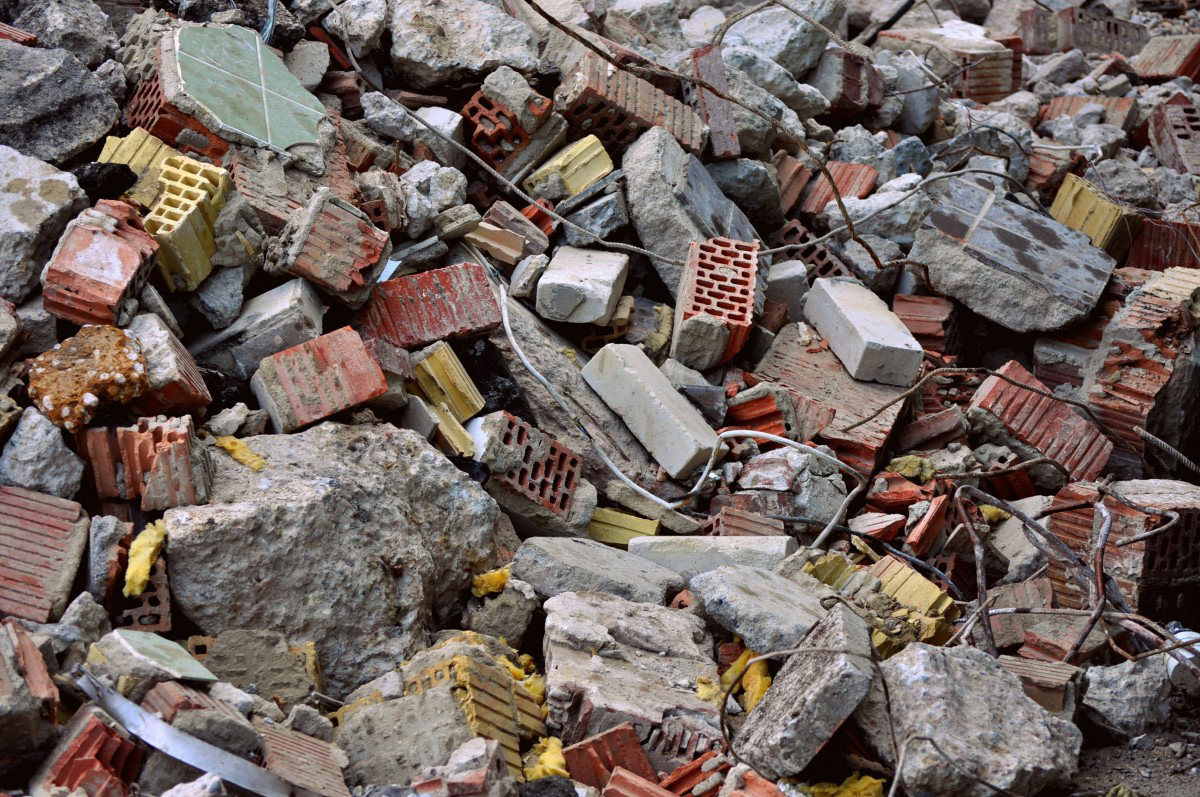How Do We Sustainably Manage Construction Waste in a Growing Canadian City

As a demolition contractor in Toronto, environmentally sustainable philosophies guide a lot of planning surrounding what to do with the construction waste we run into. Demolition debris and construction debris may seem like a lot of waste but they can actually contain very valuable elements which can either be reused entirely or recycled into something new.
Demolition debris in a city like Toronto consists of waste materials derived from buildings, roads, and bridges. When possible, the sustainable management of handling this debris necessities a consideration of reusing these materials in another building project or to recycling it. When recycled, this helps to cut down on time and costs – both, financially and in energy – associated with procuring new materials.
A lot of construction waste in Toronto are provided in big, bulky, and heavy pieces. They include materials like concrete, wood from buildings, asphalt from roads and roofing shingles, gypsum which is the main component of drywall, metals like stainless steel and aluminum, bricks, glass, plastics, salvaged building components such as doors and windows, fixtures such as those used for plumbing, and, if one’s clearing a site, things like trees, stumps, soil and earth, and rocks.
It is estimated that, Canada-wide, roughly 9 million tons of construction and demolition waste (C&D) is generated every year. This makes up approximately 35% of Canada’s total waste annually. This may seem like a large amount – and for all intents and purposes, it is – however there’s more and more recycling and reuse opportunities that have come up ensuring these materials are put to good use.
For example, a material like aluminum which has a high recyclability rating can be taken from buildings and recycled to make things like beverage cans or inputted into vehicle components. Something like wood can be repurposed in a new home, or in flooring or wood furniture. There are markets for glass, plastics, and concrete. Salvaged building components like windows and doors are also sought after in some home renovation circles.
Of the 9 million tonnes of C&D waste in Canada, approximately 90 percent of it comes directly from demolition companies. Naturally, in demolition, we are handling far more waste than in construction where the focus is on new builds. The amount of waste in this category is growing however again, this is not necessarily a bad thing. Since the mid-1990s, construction and demolition waste amounts have more than tripled. That’s in large part thanks to Canadian cities like Toronto, Calgary, and Vancouver expanding and building at the rate they do.
Be it commercial, industrial-based, or residential construction waste, it all needs a company to take it and process it, and ensure it doesn’t all just get lumped into one big sum and tossed into landfills across Ontario. If you don’t have a demolition company in Toronto with an eco-sustainability commitment, get one. It will help you bring down your waste output and you’ll feel much better about the amount of waste construction and renovation processes create.
Do you need a demolition done in Toronto? Core Mini Bins is committed to reducing, recycling, and reusing construction waste materials whenever possible. When we take on a demolition project, not only will you have us there ready and on time, and not only will our performance be everything you expect, but after we get the job done, we’ll do what we can to recycle the materials which can be. Speak with us for more information on how we can help.


